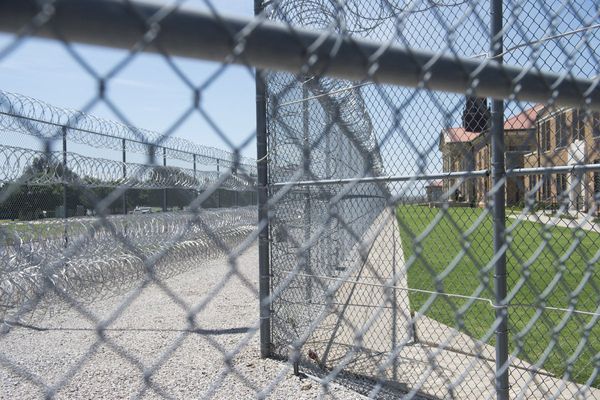The final part of a report into the human cost of Post Office Horizon IT inquiry has now been published, highlighting that a total of 59 victims of the Horizon scandal contemplated suicide and 10 attempted to take their own lives.
The scandal dates back to 1999 and saw more than 700 subpostmasters get prosecuted by the Post Office.
With hundreds of criminal convictions handed out between 1999 and 2015, it was later found that they had been wrongfully convicted due to inaccurate data provided by the Horizon system.
The 2025 inquiry seeks to uncover the details of the scandal, which were brought to public attention more prominently thanks to ITV’s drama Mr Bates Vs The Post Office.
Here is a timeline of key events from the scandal.
Timeline of the Post Office Horizon IT scandal
1999
The Horizon IT system starts to be used in a gradual rollout across British Post Office branches.
2000
Subpostmaster Alan Bates first reports issues with the Horizon IT system, complaining to Post Office management that the Horizon system was unreliable, noting that its reporting facilities did not allow tracing of events behind shortfalls.
He asserted that it was wrong that operators were obliged to make good on shortfalls caused by the software, with him and his staff making 85 calls regarding Horizon in a two-year period.
November, 2003
Alan Bates’s contract is terminated after he refused to accept liability for the shortfalls in the accounts at his Llandudno branch in North Wales, once again citing flaws in the Horizon system.
Later in April 2024 during the Horizon IT public inquiry, Bates would be shown internal Post Office documents in which his termination was due to him being "unmanageable", with notes referring to Bates as "struggling with accounting".
March, 2004
East Yorkshire subpostmaster Lee Castleton was found to have a £25,000 shortfall at his branch. The ensuing legal battle would ultimately make him bankrupt.
May, 2009
Computer Weekly magazine breaks the story of seven subpostmasters beginning their fight for justice, including Alan Bates.
September, 2009
The attention on the scandal sparked Bates to call a meeting of affected subpostmasters in the Warwickshire village of Fenny Compton, which around 25 subpostmasters attended.
This was the early start of the group known as the Justice for Subpostmasters Alliance.
October, 2010
Pregnant subpostmaster Seema Misra, who ran a Post Office in Surrey’s West Byfleet, is awarded jail time, following accusations of stealing £74,000.
April, 2012
Paula Vennells takes on the role of chief executive of the Post Office.
March, 2015
Post Office boss Paula Vennells asserts that there is no evidence of miscarriages of justice while addressing the business select committee.
In the same year, the Post Office paused prosecutions of subpostmasters.
March, 2017
A group of 555 subpostmasters launch legal action against the Post Office for alleged miscarriages of justice.
November, 2019
After two years of legal fighting, a High Court judge ruled that Horizon contained a number of “bugs, errors and defects”. This led to a “material risk” that shortfalls in Post Office branch accounts were caused by the system.
The Post Office agreed to pay out £58 million to the 555 subpostmasters, while Vennells is made a CBE.
2020
The Post Office does not oppose 44 appeals of convicted subpostmasters.
September, 2020
The government sets up a statutory inquiry seeking to uncover the failings of the Horizon system and how the wrongful convictions of subpostmasters came about.
The Court of Appeal quashes 39 wrongful Crown Court convictions.
January, 2024
The Government announces that every wrongly convicted subpostmaster will be offered £600,000 in compensation each.
In the same month on January 9, Paula Vennells voluntarily hands back her CBE.
ITV drama Mr Bates Vs The Post Office airs for the first time between January 1 and 4, capturing public attention on the scandal.
July, 2025
Chairman Sir Wyn Williams began publishing early sections of his report looking into the human cost of the scandal, the final conclusions of which are expected to be made public at the end of 2025.







